Flower legends and stories
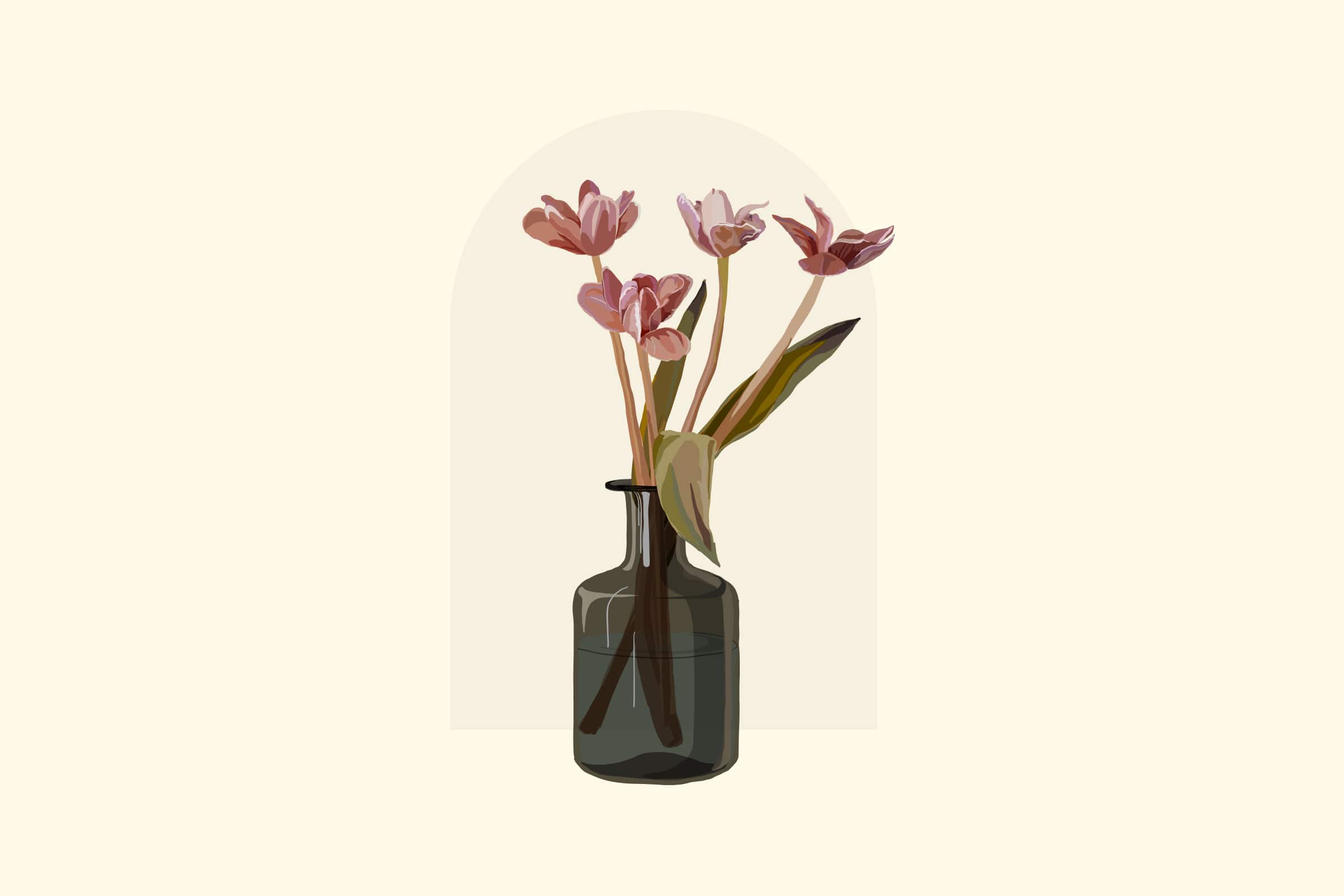
You may have come across legends about people, music, or mountains, but have you ever heard legends about flowers?
Do you know that even a rose has a legend about it?
Each of the nearly 4 million species of flowers in the world has a fascinating story associated with it.
Here are some of them that we're sure you haven't heard.
Tulips
These flowers are beautiful, fragrant and come in almost every color imaginable.
If you search for tulips on the Internet, you're sure to find pictures of fields of bright, rainbow-colored tulips from the Netherlands. This garden is known as "Keukenhof".
It is also called the "Garden of Europe" and is the largest and densest field of tulips.
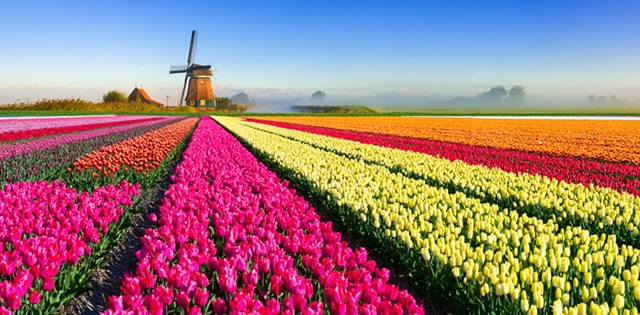
The fact that this park is located in the Netherlands is no accident.
As early as the 17th century, poppies were used as currency in the Netherlands. There was a time when the value of a single poppy was higher than the same weight of gold and people fought to get hold of them.
Tulips were so sought after in the 1630s that the era was dubbed the "Tulip mania" in Western Europe.
In 1636 even the lowest quality or most common tulip bulbs were worth a fortune.
At the height of the tulip mania, most bulbs were passed from buyer to buyer simply for profit without ever being planted, some going through as many as 10 different sellers a day.
Lotus
The lotus can be considered one of the most revered flowers in the world, considering how many different cultures mentioned it and consider it a symbol of something.
The point is that lotuses can only bloom in rivers or wetlands, which means they require a lot of water.
But during a drought, for example, lotuses simply remain "dormant" and bloom again when the water returns.
These properties, as well as the fact that they are often found in marshy, murky waters, made them a source of fascination for ancient civilizations.
The Egyptians considered the lotus sacred because they could live so long without water and begin to grow with the return of water, symbolizing resurrection.
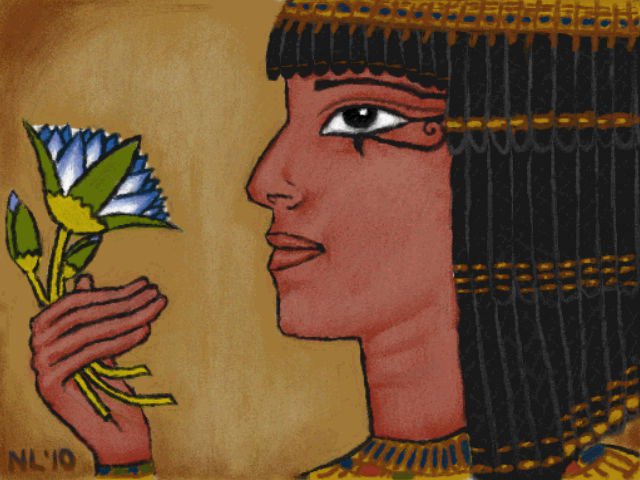
Buddhists recognize the fact that lotuses can grow in murky waters and that their beauty is not marred by their "dirty" surroundings as a symbol of inner strength and rising above obstacles as a sign of inner beauty.
Most Hindu deities are depicted holding a lotus, or seated on a lotus themselves.
Indian culture values lotuses, so much so that they consider it the national flower of the country.
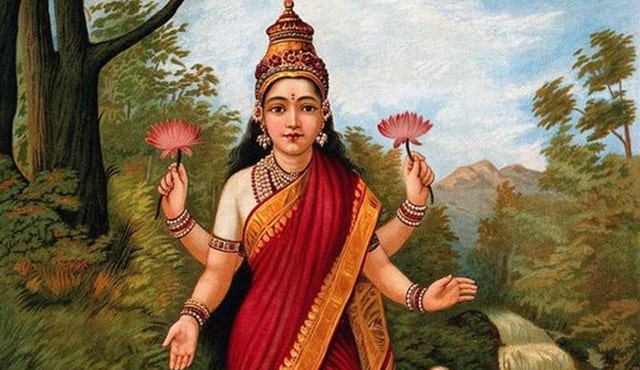
All of these factors together certainly make the lotus an interesting flower, to say the least.
Chrysanthemums
Before they were first introduced in England in 1795, chrysanthemums were cultivated in Chinese gardens for over 2,500 years.
References to these flowers first appeared in ancient Chinese writings in BC. in the 15th century.
They were used as herbal medicine in ancient China, where their boiled roots were believed to relieve headaches.
The flower's popularity in the region was so great that the Chinese city of Chu-Hsien was named after the chrysanthemum which translates as "Chrysanthemum City".

The chrysanthemum was brought to Japan from China by visiting Buddhist monks in AD. in the year 400.
Japanese emperors were so fascinated by the beauty of the flower that they used it in their crowns and official seals. The Japanese name for chrysanthemum is Kiku, and even the country celebrates National Chrysanthemum Day, also called the Festival of Happiness.
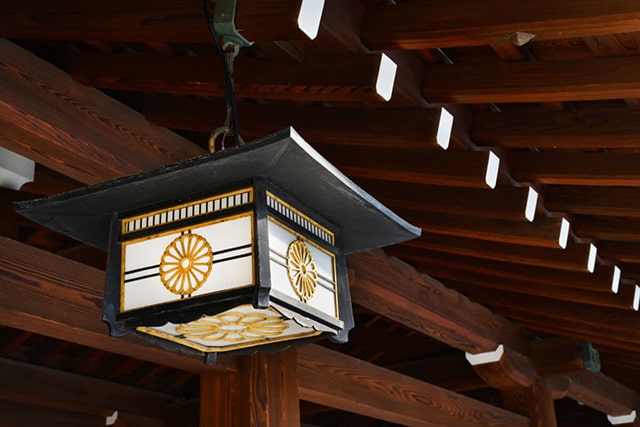
The chrysanthemum was introduced to Europe in the 17th century, where it received its western name. The name comes from the Greek words chrysos (meaning gold) and anthos (meaning flower).
Even today, the chrysanthemum flower is recognized as a symbol of the sun in many places.
Rose
The rose has symbolized beauty and love for centuries and remains one of the most popular flowers in the world today.
The first cultivated roses were found in Asian gardens more than 5,000 years ago. Since then, it has captivated the world with its beauty and etched its name in history in various ways.
The influence and symbolism of roses have always been noticeable throughout history. But have you ever heard an example of this story?
Few people know that the rose was a symbol in one of England's deadliest wars. The Wars of the Roses took place in England between 1455 and 1487 between the Houses of Lancaster and the House of York.
The symbol of the House of Lancaster was the red rose, and that of the House of York was the white rose. Both sides competed in a bloody battle to rule England.
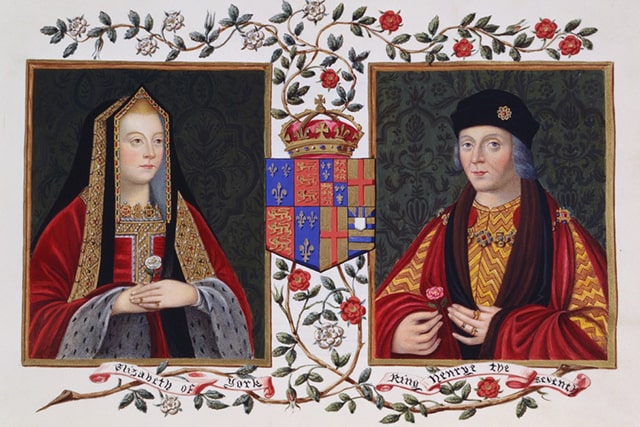
The rose is also said to have inspired William Shakespeare, one of history's greatest writers. His play Romeo and Juliet includes a famous quote from Juliet about roses.
These flowers have influenced cultures and civilizations.
There are many interesting facts about them, which we also tell about in our blog.
With love, Flowers Home
